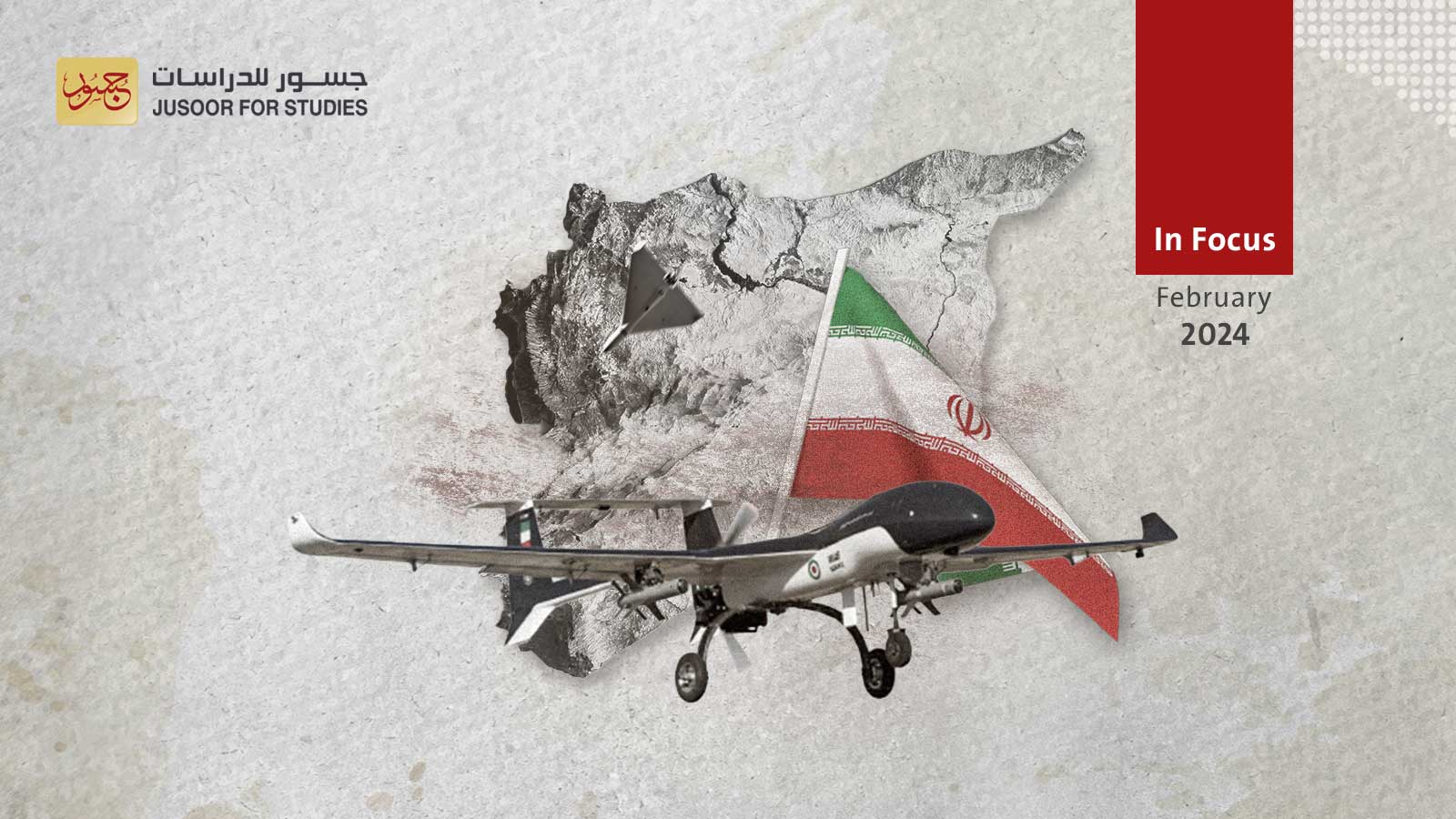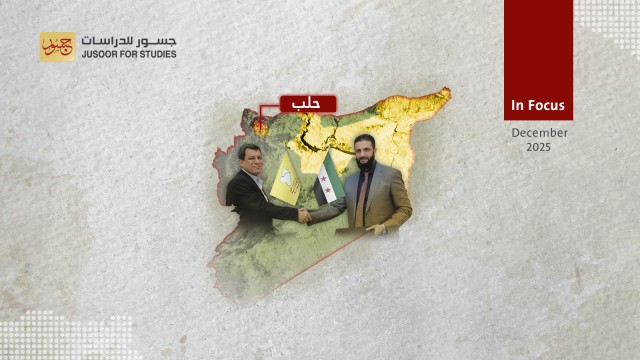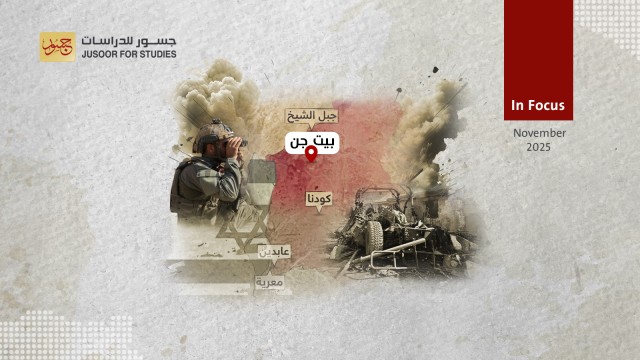Iran Steps up Drone Attacks in Syria
Iran has escalated its use of drone strikes against opposition-held areas in northwestern Syria and parts of the country’s east where US forces are deployed. Between October 23 and February 4, it used drones 54 times to bomb various bases of the international coalition against the Islamic State group, over half of the total of some 97 attacks. It also launched repeated suicide drone attacks on civilians and the bases of armed opposition factions near the frontlines in Idlib.
Iran’s use of drones in Syria dates back to 2012, but it was largely focused on securing material and human infrastructure needed to operate these weapons. Until 2022, it had relied heavily on Russia to provide air cover for its militias. However, as Russia has diverted many of its forces to fight its war in Ukraine, Iran has come to rely more on itself – and its drones.
With Russia having less of a say over the status of opposition-held areas, Iran wants to warn Türkiye that it could create a new reality in on the ground in northwestern Syria, potentially undermining the fragile stability that has held in the region for almost three years. This would also put pressure on Ankara, which has continue to reject calls to withdraw its forces from Syria under a plan presented by Iran in September 2023 and repeatedly advocated by the regime during multilateral meetings convened by Moscow.
In response to this elevated drone threat, armed opposition factions and Hayat Tahrir al-Sham (HTS) have begun taking measures to ameliorate the damage and risks posed by Iran and the regime’s use of suicide drones. Most notably, they have armored their military vehicles and strengthened their defenses along and behind the front lines. In practice however, the main factor determining the stability of opposition-held areas remains the power imbalance created by the Russian Air Force. Despite the additional damage Iran has caused over recent months, its attempts to undermine the ceasefire through drones and missiles have so far been ineffective.
To the east, Iran’s extensive use of the same weapons, has enabled it to significantly undermine the stability of American-occupied areas. It has thus sent a message that it will continue to put pressure on the US by repeatedly targeting its bases, as well as expanding strikes against US allies. The bombing of Al-Omar field in early February 2024, which killed six special forces fighters from the Syrian Democratic Forces, is a case in point, and prompt urgent calls from the SDF for the US to beef up its air defenses.
Repeated targeting of SDF positions by Iranian militias, both within and outside international coalition bases, will further weaken the SDF’s military capabilities unless the US deters Iran from such efforts to undermine the region’s stability. Iran may seek to compound its gains in Deir Ezzor province by exploiting clashes between the SDF and Arab tribal forces, including by supplying the latter with weapons such as suicide drones and missiles.
In addition, Iranian militia attacks on eastern Syria coincide with Turkey’s ongoing campaign of air strikes, ever further into Syrian territory, against the military and economic infrastructure of the Kurdistan Workers’ Party (PKK) and its Syrian branch.
In conclusion, by intensifying its use of drones in Syria, Iran is making a show of force and threatening to undermine the stability of the country’s northwest and east, as well as pressuring Turkish and American forces. While Türkiye quickly showed its readiness to hit back at regime forces and Iranian militias with direct strikes from its bases in Idlib, the US response has been more muted than expected. This may encourage Iran to continue carrying out such strikes in eastern Syria, but hesitate to expand their use in the northwest.








